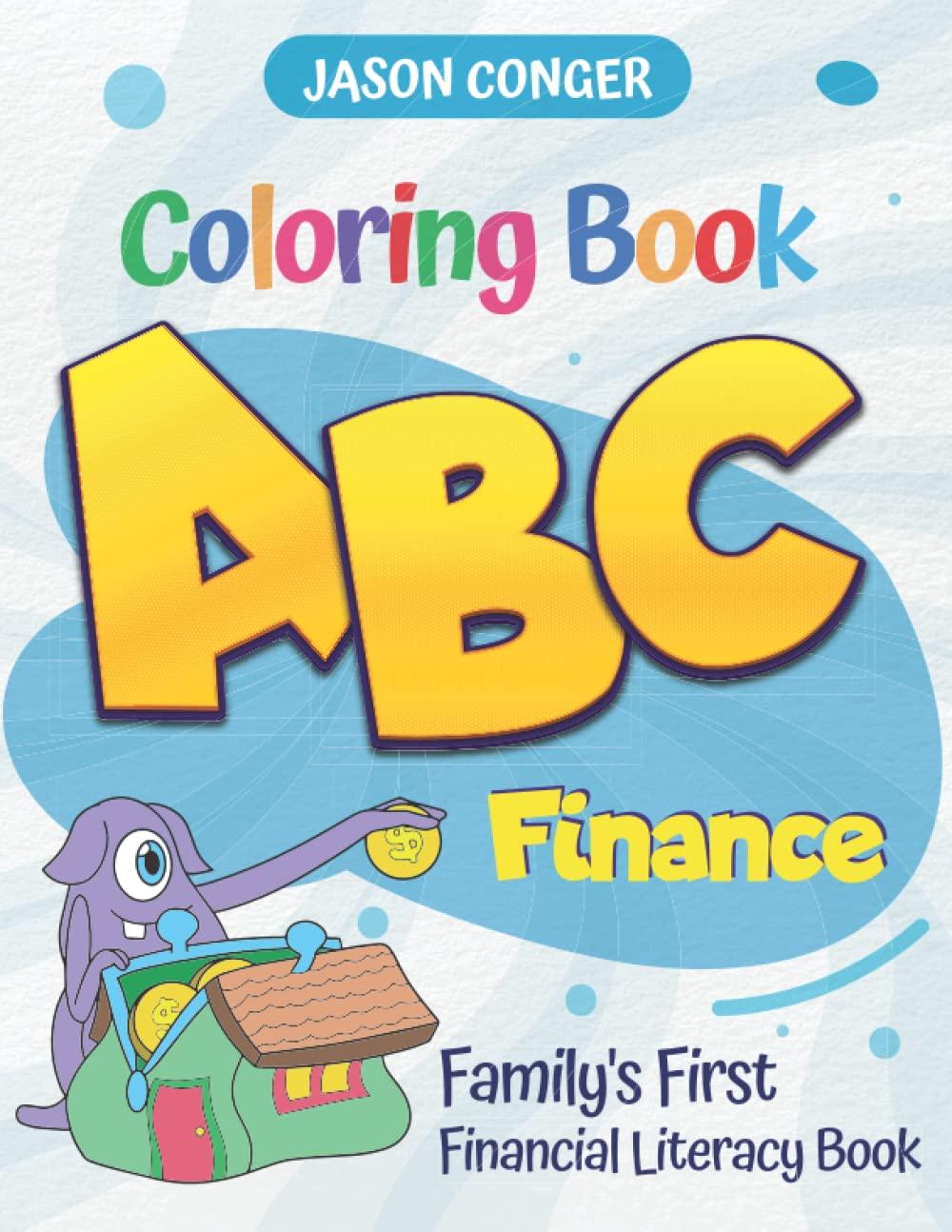Question
Problem 1: Salamander Studios is a movie company with $5m in cash. It is negotiating to buy the movie rights to a popular series of
Problem 1: Salamander Studios is a movie company with $5m in cash. It is negotiating to buy the movie rights to a popular series of books. The rights allow the studio to make a movie adaptation of the first book in the series in the current period. The studio also has the opportunity to buy the rights to make a movie based on the second book in the series (a sequel to the first movie) in the next period. If the studio does not acquire the right to the sequel now, there is no opportunity to do so later.
Because movie-goers include people who have never read the books, there is some uncertainty about how they will like the storyline. The studio's marketing department made the following estimates. There is a 70% chance movie-goers will like the storyline of the first movie, in which case the movie and its sequel (if made) will each generate a payoff of $30m (note the timing: the first movie generates a payoff of $30m at the end of the first period, and the sequel, if made, generates a payoff of $30m at the end of the second period). There is a 30% chance that movie-goers will not like the storyline, in which case the movie only generates a payoff of $22m. Even if movie-goers do not like the storyline of the first movie, there is still a 50% chance that the sequel will be successful and generate a payoff of $30m. An unsuccessful sequel, which occurs with 50% probability if the first movie was unpopular, generates a payoff of $0.
The first movie costs $20m to make. The second costs $22m. The appropriate discount rate is 10%. Assume that the studio can invest any excess funds it has at period one at a 10% rate of return.
For parts c) and d), assume that Salamander Studios can only raise debt financing at a 10% cost of capital. Specifically, Salamander will issue debt that promises repayment at the end of two periods. The debt and its repayment are set such that they are O NPV for the debt investors. Equity holders and management are protected by limited liability.
c) Suppose Salamander Studios does not acquire the rights to the sequel, what does the subsequent debt financing for the first movie look like? How much would the studio be willing to pay for rights to make a film adaptation of the first book knowing that it will employ debt financing later?
d) Suppose after a lengthy negotiation, the author makes one final offer. The studio can buy the rights to the first book for $3m and the rights to both books for $5m. There is no room for further negotiation. Which offer if any should the studio accept? If both rights are acquired, what does debt financing look like? (Hint: think carefully about the incentives of equity holders who control the firm.) If only the rights to the first book is acquired, what does debt financing look like?
e) What explains the difference between your answers to b) and d)?
Step by Step Solution
There are 3 Steps involved in it
Step: 1

Get Instant Access to Expert-Tailored Solutions
See step-by-step solutions with expert insights and AI powered tools for academic success
Step: 2

Step: 3

Ace Your Homework with AI
Get the answers you need in no time with our AI-driven, step-by-step assistance
Get Started


